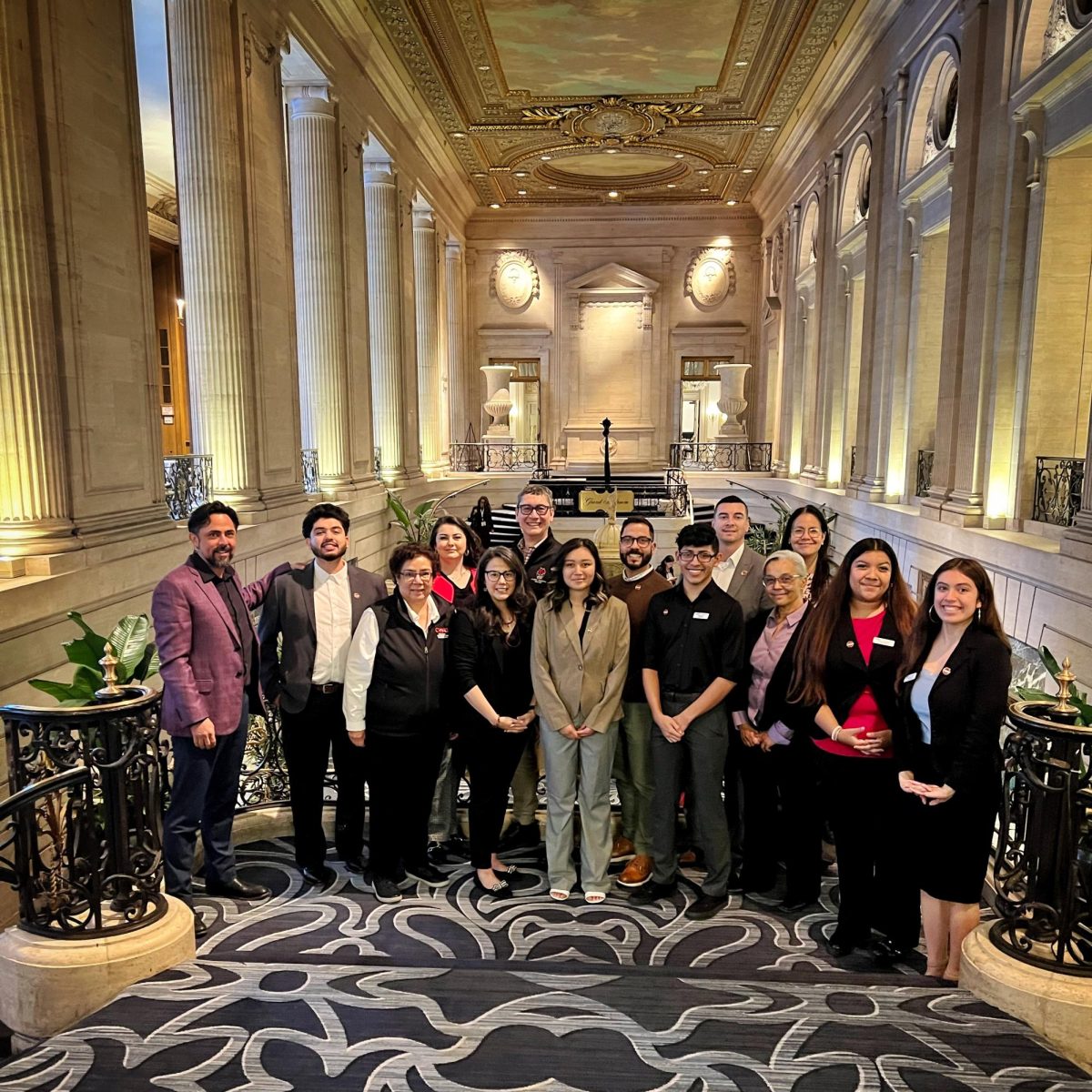BY BARBARA LEWIS, Staff Reporter
This year the National Science Foundation has awarded a $2.5 million grant to Audrey Huerta, assistant professor in the geology department, and Paul Winberry, research scientist, to research and develop advanced technology to study glaciers and mountains in the Antarctic.
“It’s very innovative,” said Wendy Bohrson, Professor of Geological Sciences and Director of STEP. “I’m excited for them.”
The technology that geologists currently use to study polar regions is a system of seismometers, which record vibrations caused by earthquakes and explosions, and allows geologists to get images of the earth below the icy surface.
Currently, the available systems take anywhere from four to eight hours for a group of two to four people to install. These systems require about 1,000 pounds of batteries.
Huerta and Winberry want to improve the current system of seismometers’ power consumption so fewer batteries will be needed and will take less time to install.
Huerta said that they hope to cut the installation time down to only 20 minutes and the weight down to 100 pounds for the batteries.
“Instead of only being able to put out eight in a two week time period we’ll be able to put out 50,” Huerta said.
The current technology gives geologists blurry images of what is below the layers of ice. Although it has helped them better understand the Earth, it leaves many of their questions unanswered.
In result of the advancement in technology, geologists will be able to take higher quality pictures and answer the questions that they have never been able to.
“One of the big questions is that big mountain range. What’s under it? What’s down there? I’d like to put the system down there and be able to look at the Transantarctics and be able to see what’s underneath them,” Huerta said.
Because of the research and technology development the grant makes possible, Huerta believes she will soon be able to answer this question.
Winberry studies glaciers and polar ice caps. He explained that glaciers in the Antarctic act as insulators.
Based on the temperature of the earth, the glaciers trap the heat the Earth gives off, which leaves a thin layer of water on the bottom. This layer of water leads to the glacier sliding towards the ocean.
“Once we take the earth’s temperature, we are able to figure out which glaciers are more vulnerable to rising temperatures in the earths’ atmosphere and the earth’s oceans,” Winberry said.
Winberry believes the results of this research will help scientists focus on which areas of the planet need to be studied in more detail.
“Their research ties directly into how climate change is going to impact how snow and ice fields melt,” Bohrson said.
After the research and developments are completed, Huerta and Winberry will have first choice using it. This gives them, and their prospective students, a significant advantage in the geological field.
“A big part of what we do is training students as part of our research,” Winberry said.
The pair has taken undergrad and graduate students down to Antarctica with them in the past to conduct research. The skills students learn by working on the research has helped them pursue careers both in and out of academia, according to Winberry.
Often the students go into careers in the energy exploration industry, Winberry said. The technology the team uses to find water in their research is the same technology that oil companies use to find fossil fuels.
The application process for the grant was competitive. Once Huerta and Winberry had applied, their application only had a 15-30 percent chance of being approved. On Nov. 1 they were officially awarded their grant.
Now, with the help of Incorporated Research Institutions for Seismology, they can start their research and development.
“We’ll be designing and developing these systems for the next three years… this will be for the whole community of seismologists,” Huerta said.






